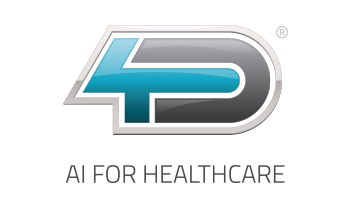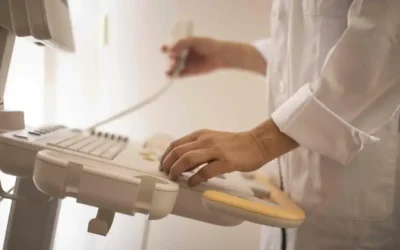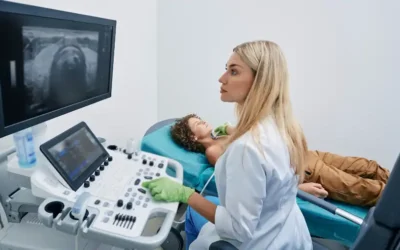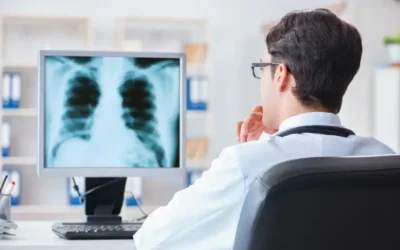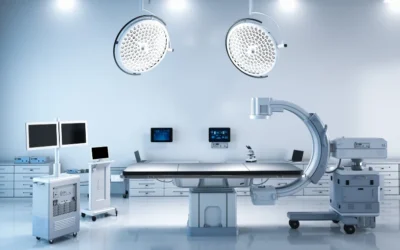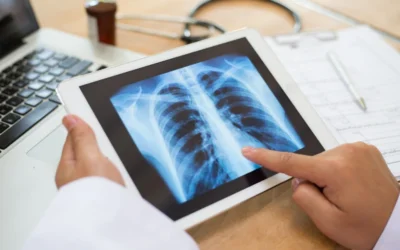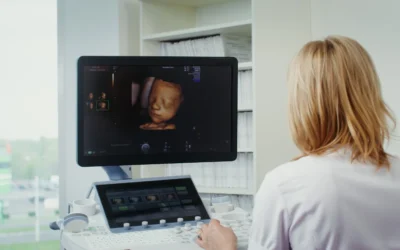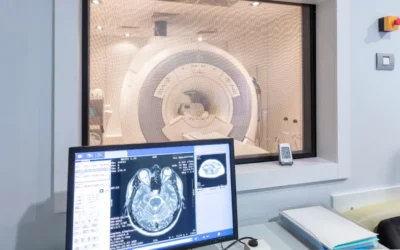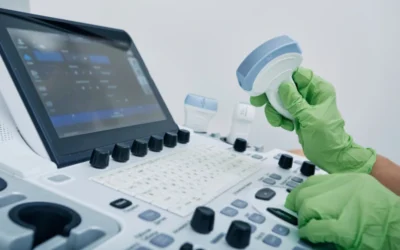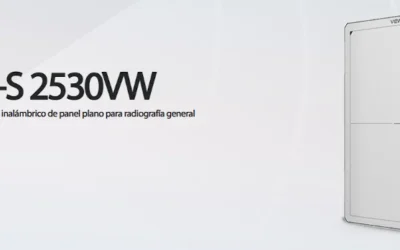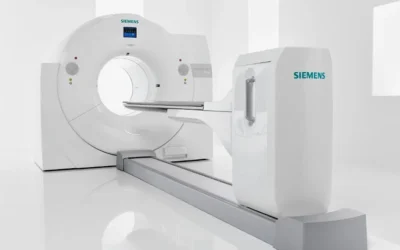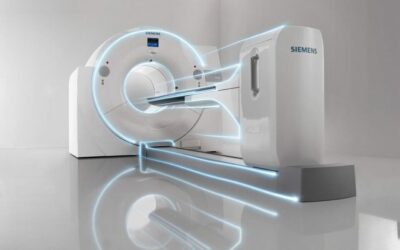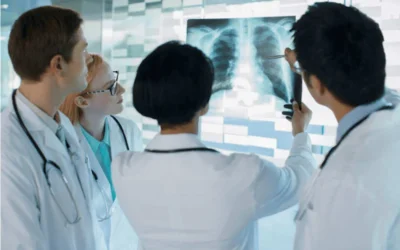ANALYSIS OF RADIODIAGNOSTIC EQUIPMENT
We analyze medical imaging equipment at both technical and user level so you can decide if it is what your clinic or hospital needs. We also tell you everything you need to know about the management of this equipment and the medical environment.
LATEST ENTRIES
Medical device regulation: A guide to regulations and legal framework
We have prepared a complete guide with the different regulations and the legal framework for the regulation of medical devices.
How an ultrasound scanner works: Origin, process and clinical application
The ultrasound scanner is a key tool in medical diagnosis. We analyze its origins, how an ultrasound works and its different uses.
Computed Radiography: How it Works and Workflow
We analyze how computed radiography works and its workflow, as well as its advantages, limitations and clinical applications.
Fluoroscopy: Everything you need to know about this medical technique
We analyze fluoroscopy as a medical technique, the use of the fluoroscope and its different components, as well as its medical applications.
Classification of medical equipment according to risk
We analyze the classification system of medical equipment according to their risk, according to the European MDR regulation.
Emotional ultrasound: Getting to know the baby before birth is possible
Can you imagine being able to see the baby's gestures during pregnancy? Through emotional ultrasound, you will be able to see their movements in real time.
Interventional Radiology: Types, Advantages and Disadvantages
Interventional radiology plays a key role in modern medicine. We analyze the different types, their advantages and disadvantages.
Types of ultrasound transducers: Guide to choosing the right one
We analyze the different types of ultrasound transducers. What are their advantages, functions and clinical applications?
Flat Panel VIVIX-S 2530VW: Innovation in veterinary radiography
VIVIX-S 2530VW is a wireless detector for general veterinary radiography that offers durability, portability and image quality.
PET CT: Operation and uses of this hybrid equipment
The use of hybrid PET-CT equipment is a crucial advance in medical diagnostics. We analyze how it works and its main uses!
What is positron emission tomography or PET?
Positron Emission Tomography (PET) is the most recent and modern imaging technique. Let's analyze what it consists of!
The importance of radioprotection in the clinical environment
We analyze how radioprotection can guarantee an adequate and safe use of radiation in diagnostic and therapeutic procedures.
How to choose the right medical equipment
Medical equipment is any instrument, device, machine, apparatus, appliance or system used in the field of medical care. medicine for the prevention, diagnosis, monitoring, treatment o rehabilitation of diseases or health conditions. These devices can be used by healthcare professionals or directly by patients, depending on their type and purpose.
At the time of purchase medical equipmentIn order to ensure that the investment is appropriate and meets the needs of the medical center or clinic, it is important to consider several factors.
Taking into account specific needs
- Defining the type of equipment you need according to your specialty is the first step.
- Consider the volume of patients. It is important to ensure that the equipment is capable of supporting the number of daily users.
- Verify if the dimensions of the equipment will fit the area in which it will be installed.
Choose state-of-the-art medical equipment
Opt for equipment with modern technology and the possibility of future upgrades. It is essential that your equipment is compatible with other systems and software already installed in your medical center. A user-friendly interface facilitates the adoption and use of the equipment by the medical staff. Equipment that incorporates Artificial Intelligence can put your clinic or center at the forefront of the industry. Telemedicine or process automation can help to greatly improve efficiency.
Equipment adapted to your budget
It is not only the purchase price of the equipment that is important, but also the long-term costs of maintenance, consumables, training, etc. Medical equipment tends to have high prices, so you can opt for installment financing solutions or leasing options. Check that the acquisition of the equipment has a good return on investment (ROI).
Supplier technical support and reputation.
Before deciding on a specific supplier or brand, research the manufacturer's track record and reviews. This can help you have confidence not only in the product you are buying, but also in the success of the purchase and installation process.
To do so, check delivery times and installation logistics.
Check if the supplier has fast and local technical support, as well as if it offers adequate training in the use of the equipment for the personnel who will be using it. Make sure of the availability of parts and maintenance costs. You can request a demonstration of its operation to see its use in situ.
Patient and staff safety
Medical equipment cannot pose risks for radiation or infections. It is key to ensure that the equipment complies with international standards and certificates (CE, FDA, ISO) that guarantee its safety. They should be checked and calibrated regularly to ensure optimal performance.
4D Médica is a supplier of diagnostic imaging equipment. If you need advice on specific brands or models, or to know which equipment is best suited to the needs of your clinic, do not hesitate to contact us, and our team will answer any questions you may have to help you make the best decision.
